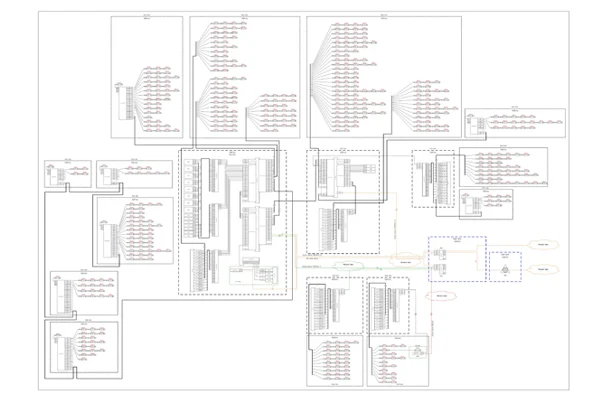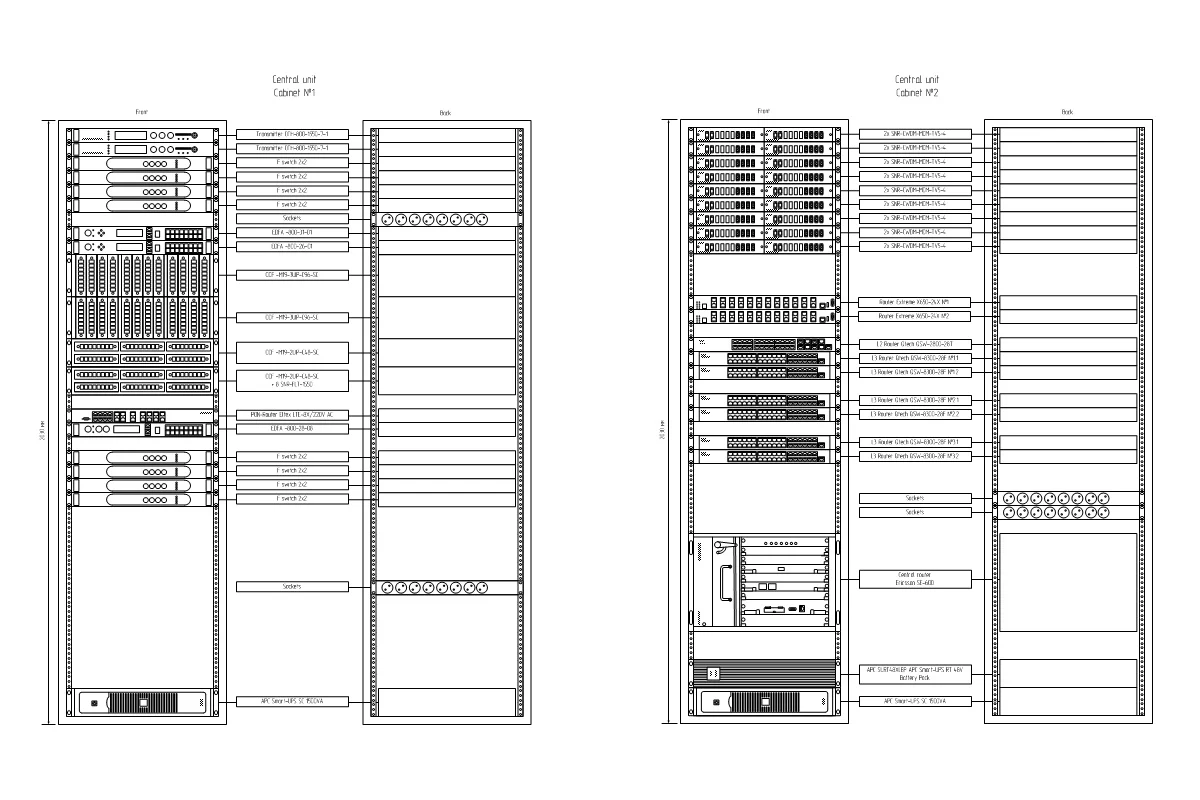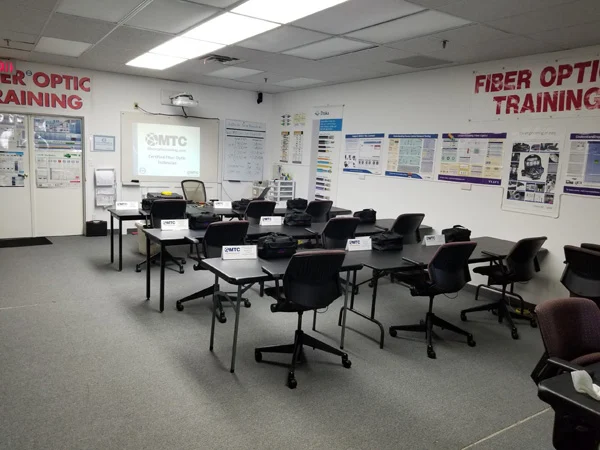Fiber optic cable color codes have developed over time as the telecommunications and networking industries expanded, primarily for the purpose of creating a universal and standardized system for identifying different fibers within a cable. This ensures proper installation, repair, and maintenance, while reducing the chance of error.
Fiber optic communication was first deployed in the 1970s, and as fiber networks grew, the need for a color-coding system became apparent. The Telecommunications Industry Association (TIA) and International Electrotechnical Commission (IEC) worked to develop the standards, which are now widely followed across the world. Specifically, the TIA/EIA-598-C standard dictates fiber optic cable color coding in North America. Many national standards in different countries inherit TIA-598-C color code under different names, sometimes with minor deviations in buffer colors.
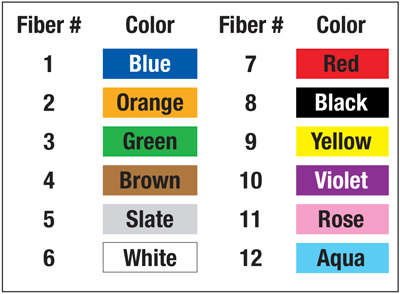
The number of colors can vary depending on the context, but the world standard for identifying individual fibers typically follows a 12-color system. When more than 12 fibers are involved, next group of fibers uses the same colors but with a mark, stripe, or ring to distinguish them. Each next group of 12 fibers have one more mark or ring.
There are mainly two most common fiber color code schemes: TIA-598-C (North American Standard) and IEC 60304 / 60794 (International Standard)
Where did fiber optic color codes come from?
The origin of fiber optic color codes is rooted in the copper wire industry. Historically, copper cables also used color coding to simplify the identification process. As fiber optics gained popularity, the telecommunications industry carried over this practice to fiber cables to maintain familiarity and continuity.
The development of fiber optic standards involved various working groups and committees, particularly within the TIA (Telecommunications Industry Association) and IEC (International Electrotechnical Commission). These bodies work to ensure that cabling and networking infrastructure remains interoperable and consistent across manufacturers, regions, and technologies.
Weird & funny aspects of fiber color codes
There’s a quirky side to fiber cable color codes that fiber optic technicians sometimes joke about:
1. Confusing similar colors:
– Colors like slate (gray) and white or violet and rose (pink) can sometimes be difficult to differentiate in dimly lit or cluttered workspaces. This leads to funny or frustrating mix-ups.
2. Aqua cables confusion:
– In the world of fiber optics, aqua is a particularly interesting color as it’s often associated with OM3 and OM4 multimode fibers. These fibers are used for high-bandwidth applications, so some technicians humorously refer to “high-speed fiber” as “that fancy blue one.”
3. Mnemonic devices:
– Many technicians use memorable phrases to remember the order of the color codes. For example, “Big Orange Gorillas Bite Silly White Rabbits Before Yelling Violently, Roaring Angrily” is a way to remember Blue, Orange, Green, Brown, Slate, White, Red, Black, Yellow, Violet, Rose, Aqua.
– “BOGBruSh” for Blue-Orange-Green-Brown-Slate.
– “Why Run Backwards, You’ll Vomit” for White-Red-Black-Yellow-Violet.
4. Legacy systems:
– Fiber optic color coding was originally adapted from copper wiring conventions, which can sometimes lead to confusion when dealing with older systems or mixed copper/fiber installations. Fiber techs often find themselves in the odd situation of having to “think like it’s the 1970s” when trying to match modern fiber codes to legacy systems.
Color codes around the world
– In Latin America, the color codes used for fiber optic cables largely follow two main international standards – TIA-598-C & IEC 60304 / 60794. But in some countries within Latin America, especially those with ties to European telecommunications infrastructure, the IEC standard usually prevails. TIA-598-C prevails in northern LatAm countries due to the region’s strong integration with North American telecommunications systems and the widespread availability of hardware, training and services that conform to TIA standards.
Some localized variations can occur but in most cases, the colors used in Latin America for fiber optic cables are consistent with global practices, making it easy for engineers and technicians to work across borders without encountering major discrepancies.
– In Africa it’s the same picture, usually fiber color codes align with both international standards due to the global nature of the telecommunications industry. TIA-598-C is commonly used in many African countries, especially those with strong ties to North American or Western telecommunications infrastructure. IEC 60**4 is also common, especially in countries with strong European influences, such as former colonial territories or countries with close ties to European telecom companies (like France, Portugal or the UK)
– In Asia, the fiber optic cable color codes follow globally recognized standards, mainly driven by international organizations and regional telecom infrastructure providers. The adoption of these standards in Asia can vary based on specific countries, regional influences, and historical ties to telecommunications providers. In countries like China, Japan and South Korea, telecommunications infrastructure is advanced and has adopted a combination of both TIA-598-C and IEC 60**4 standards. Many large telecom companies in these countries, such as China Telecom and NTT in Japan, follow globally accepted color codes to ensure compatibility with international partners and equipment manufacturers.
Southeast Asia uses a variety of local standards. India and neighboring countries like Pakistan and Bangladesh typically follow the TIA standard due to the influence of U.S.-based and global telecom companies.
China, as one of the largest producers and consumers of fiber optic cables and equipment, produces fiber with various color schemes, but typically adheres to the most widely spread ones. Both TIA and IEC are recognized, with TIA being more commonly seen in projects influenced by American companies.
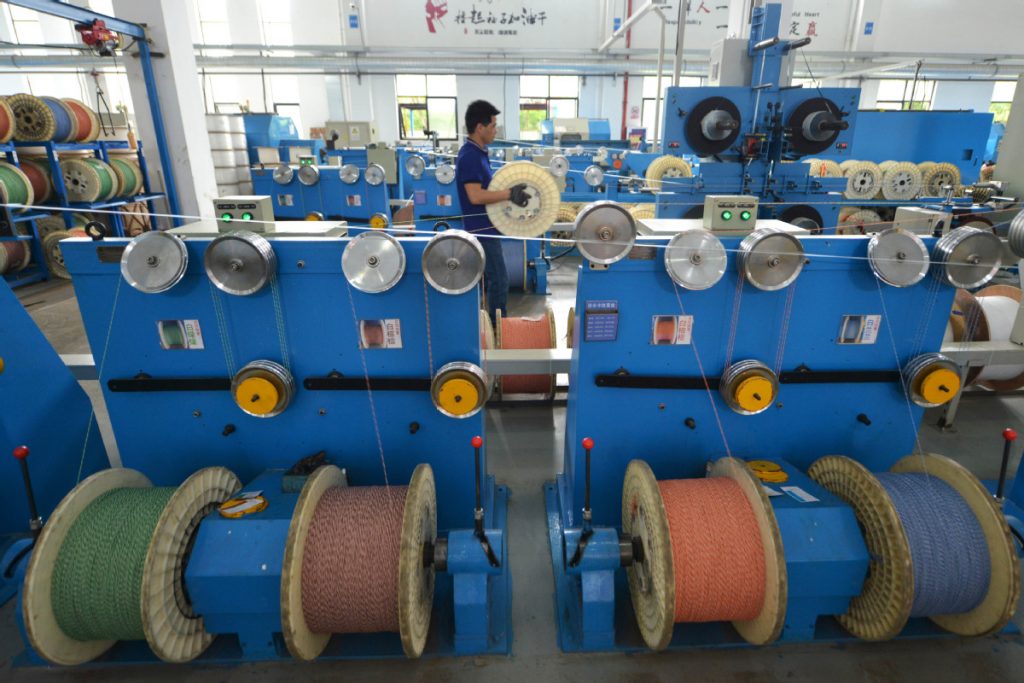
Don't hesitate! Start using splice.me
Create, manage, control all your fiber splicing in one place, fast and easy

